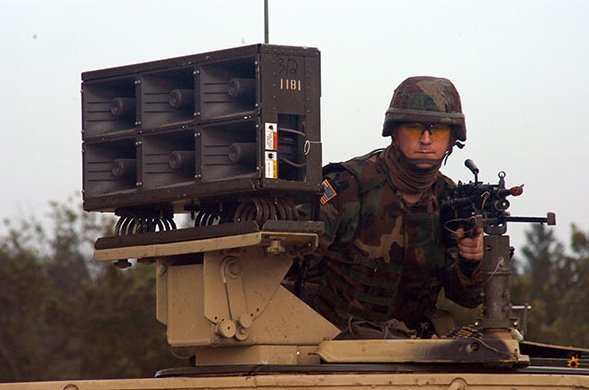Information Operations - Contemporary Warfare

Information Operations (IO) is defined by the Joint Publication 313 as the interpreted employment, during military operations, of information related capabilities (IRCs) in concert with other lines of operation to influence, disrupt, corrupt or usurp the decision making of adversaries and potential adversaries while protecting the interests of the United States (JP 313, 2006). IO is complex and loosely defined and is open to a variety of interpretations. IO incorporates five wide ranging core capabilities such as psychological operations, military operations, operations security, electronic warfare, and computer network operations (Paul, 2008). The core concept of IO revolves around the ways in which information is relayed, received, and used by the United States towards possible adversaries in such a way that benefits national security and grand strategy. There are numerous approaches that can be taken towards the beneficial utilization of information. This can be seen through psychological operation (PSYOP) and electronic warfare (EW).
The interpretation of what IO is and does is open to some debate and has continued and will continue to change and adapt with growing technologies. The concept of IO is relatively new, having fully emerged in the 1990s (Paul, 2008). While aspects of IO, such as Military Deception (MILDEC) have ancient roots, others, such as Electronic Warfare (EW) and Computer Network Operations (CNO) are new concepts in relation to human history. Growing technology will place further importance on IO as the world continues to grow and information becomes easier to access and spread. As new technologies continue to develop it is important that IO and its definition develops in accordance.
The main function of IO is the “integration of capabilities involving information and information systems to gain a military advantage (U.S. Army, 2011).” This means that for Information Operations to be successful each of the five pillars that encompass IO must be able to coordinate and collaborate. The success of IO is reliant upon the efficacious cooperation between of several fields. IO doctrine “assumes that all capabilities will be busy and have something to contribute to the operation (Paul, 2008).” The cooperation and integration function of IO is demonstrated in the WINDOW technology. While the radar deflection technology was never employed it demonstrates the “tight integration of EW, PSYOP, MILDEC, and operation security (OPSEC).”

The function and capabilities of IO can be found within the five pillars that make up IO. These include, PSYOP, MILDEC, OPSEC, EW, and computer network operations (CNO) (Paul, 2008). PSYOP contributes significantly to IO and is widely associated with propaganda. IO functions parallel many definitions of propaganda in that it seeks to, through the utilization of information, “affect the belief or action or inculcate attitudes in a large audience (Paul, 2008).” PSYOP has been used throughout history and examples can be seen in the Vietnam war when “airdropped leaflets encouraged dissension or surrender from the enemy (Paul, 2008).” MILDEC, or the use of deception in military operations, contains ancient roots, such as when the Greeks utilized the horse to enter the gates of Troy. MILDEC was more recently used in Iraq in the broadcasting of sounds from loudspeakers “consonant with a much larger formation of heavy tanks (Paul, 2008).” OPSEC is essentially the control and limitation of information that the enemy can learn via observation.
OPSEC is important to IO and revolves around the control of information available to an adversary. OPSEC and MILDEC are often integrated as was seen in Operation Neptune and Operation Bodyguard. During World War II the DDay landings were made to look as though they would occur elsewhere through the massing of fake troops and equipment. OPSEC came in to play when Operation Neptune, the landings at Normandy, had to be concealed from the enemy. EW, is loosely the ability to affect the electronics and radar system of the enemy. The utilization of EW can be seen in the jammers employed to avoid enemy detection in WWII. CNO is important to the flow of information. CNO is the “military endeavor focused on protecting friendly computers and networks and preparing attacks against those belonging to adversaries (Paul, 2008).” Cyber Security is a mounting concern to the United States and the importance and impact will expand with technology. Information Operations is multifaceted and has a broad definition that continues to develop and change.
References:
Christopher, P. 2008. Information Operations: Doctrine and Practice. Westport, CT: Praeger.
JP 313: Information operations. Washington, DC: Joint Chiefs of Staff, 2006.
U.S. Army. 2011. Information Operations Primer: Fundamentals of Information Operations.
Good day @fugetaboutit I appreciate all the info and hard work thank you :) Followed
Interesting topic love to know more.
I will be expanding on this topic along with some of my usual topics in Eastern European history. I took several courses at the graduate level in DSS (Defense & Strategic Studies) at a US IC ACE university. Suffice it to say, many of the courses covered this kind of dubious topics which I found extremely interesting and thought provoking.